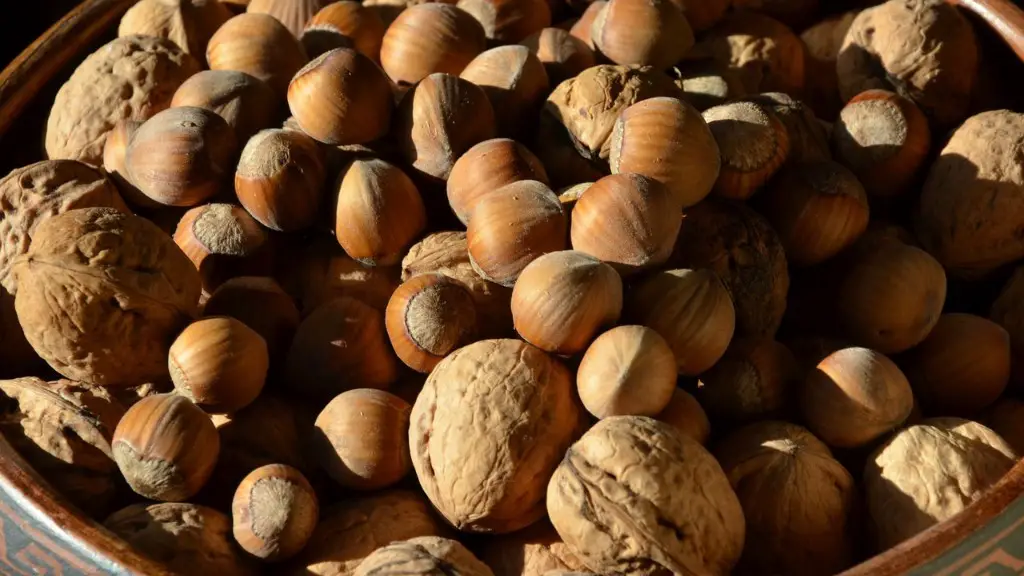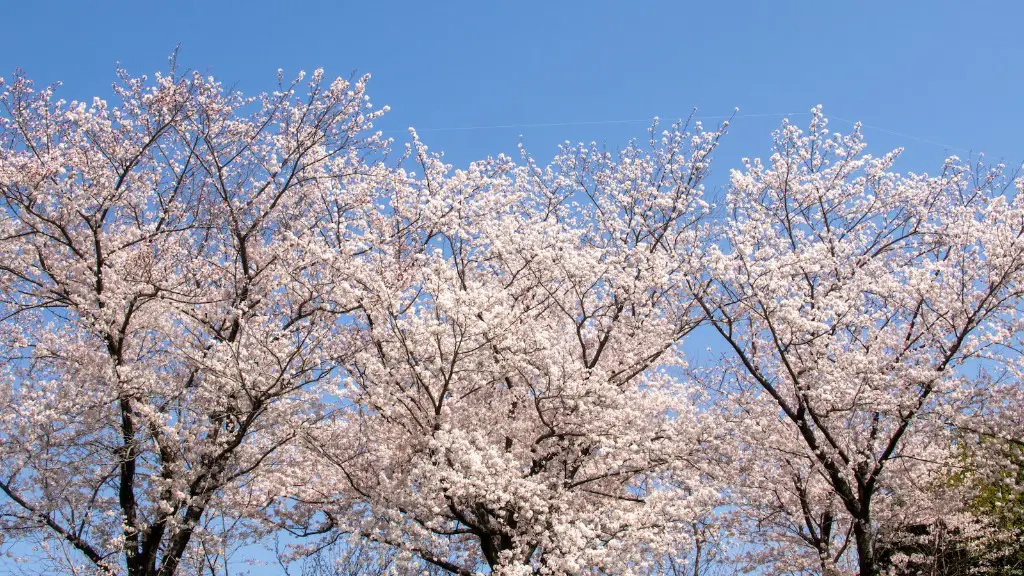Maintenance
Cherry plums (Prunus cerasifera) are deciduous trees, which are native to western Asia, Europe and northern Africa. These trees are also known as myrobalan. Growing cherry plums require a minimum of maintenance, as it is a self-fertile and hardy specimen. As most other trees, it needs some basic care, such as watering and occasional pruning, to thrive and produce fruits.
Cherry plums are usually planted in spring and autumn when temperatures are mild and the soil temperature is consistent. During planting, ensure that the tree is situated in a well-drained soil, as it cannot take prolonged periods of wet soils. To promote healthy growth, water infrequently but deep with a watering can, aiming to have around 5 – 10cm of water per week, except when there is heavy rainfall. In addition, mulch in late autumn and early spring to help with retaining water and preventing weeds to sprout.
Fertilizers rich in nitrogen, phosphorus and potassium can be applied in late spring. Then, an additional spray of winter-strength fertilizer should be added in late summer to provide the necessary nutrients, such as magnesium and calcium, for healthy growth and bright foliage.
Finally, pruning the tree is a must to ensure its long life and assure abundant yields of fruits. This should be done in winter, with sharpened and sterilized pruners. Prune to remove crossing and dead branches and encourage fresh new ones. Also, it can stimulate fruit set and growth.
Harvest
Cherry plums produce a plethora of small, tasty fruits in the summer months, which are ready for harvest in late summer, between July and August, when the skins are a darker red colour and the soft flesh gives, when gently squeezed. If left to ripen, the fruits take on a yellow hue with an intense and tart flavour.
These plums can be used for a variety of purposes. The most common use is to make jams and preserves, as well as to use for pies or tarts. Moreover, the leaves can be harvested for cooking infusions and the fruits cooked with meats and fish.
Pests And Diseases
Cherry plums are tolerant to drought and can even survive temperatures as low as -10°C and as high as 40°C. They are also one of the hardiest specimens when it comes to pests and diseases, as they are rarely bothered by pests and diseases. As usual, an adequate fertilization and plantation in a healthy soil can contribute to the tree’s defences.
On the other hand, cherry plums are susceptible to silver leaf. Silver leaf is a fungus which affects the tree’s picturesque leaves, turning them yellowish silver. Black spots will eventually appear on the fruits, making them fall from the tree prematurely, making the tree vulnerable to over-fruiting. If silver leaf is suspected, consult an expert to proceed with the treatment and prune away the affected parts.
Plantation In Pots
Cherry plums are a great option for smaller gardens or balconies, as they can also be planted in medium-size pots, becoming a stunning feature. If planters are used, extra care must be taken, as water evaporates faster from pots than from the soil. Furthermore, its branches need to be supported when they become heavy with fruit, so it is advisable to include bamboo stakes in the planting process.
Regarding the selection of a pot, ensure it is large enough to support the tree’s growth with a depth of minimum 40cm and width of at least 55cm. Clay pots are a better option, as they provide more insulation and retain more humidity. Add potting compost, mix it with fertilizers and ensure the soil is not too soggy.
In addition, repotting should be done every 2 or 3 years, or when the roots grow out of the bottom of the pot. Repotting should be done in early spring and the same rules for planting in soil should apply.
Pollination
Most cherry plum trees are self-fertile and can produce fruits without an extra tree. However, if two plants are in close proximity, the blossoming of one can stimulate the blooming of the other. Moreover, a pollinator will help to produce bigger and better fruits. Thus, it is recommended to plant two different varieties of cherry plum trees in the same garden.
In general, cherry plums are pollinated thanks to the visitation of bees. These insects are crucial as they are responsible for almost all fruit fertilization, as they can go from one tree to another, spreading the pollen of the flowers.
Chance Of Success
Growing a cherry plum tree is an exciting experience, which (given their hardiness) us likely to end in success. It is a highly rewarding process, as you have the opportunity to taste the delicious fruits straight from the tree.
That being said, even if it is a low maintenance specimen, if the necessary care is not provided, the tree might be affected by any pests or diseases, or even worse, might die. Therefore, it is recommended to be familiar with the proper planting and maintenance strategies to ensure the tree stays healthy and robust for many years.
Fruit Preservation
Once the cherries are ripe, they should be collected from the tree. To avoid any problems from parasites, collecting the fruit from the ground after they have fallen is advised. The harvested cherries can then be stored in an airtight container, eaten fresh or preserved.
The cherries can be frozen, canned or turned into preserves that can be consumed up to one year later. To freeze, cherries should first be washed, broken into halves and the pits removed. Subsequently, the fruits should be blanched for a few minutes and cooled down before packed into freezer bags. Finally, the bags should be labelled with the name of the product, date of preparation and amount of content.
Uses
Cherry plums are not only popularly used for food and medicine purposes, but they have also been used as ornamental plants since the Middle Ages. In addition, their hard timber is usually used for interior joinery work and its bark is used as an orange dye.
However, the fruit has been traditionally used in many cultures to make wines, syrups and jams. As mentioned before, it can also be cooked with meat and fish, being a great source of antioxidants, vitamins and minerals.
Conclusion
Cherry plums (Prunus cerasifera) are deciduous trees native to western Asia, Europe and northern Africa. Low maintenance is required (watering, occasional pruning, fertilizers and pruning) for the tree to thrive and produce a plethora of small, tasty fruits by late summer. Usually self-fertile, a pollinator can contribute to bigger and better yields. As these are hardy specimens, pests and diseases are rarely found but silver leaf is one disease to look for. On the other hand, if plantation in pots is chosen, extra care must be taken not to let the soil become too soggy, and repotting and staking must be performed every now and then. Finally, cherry plums have a wide range of uses, from food, medicine and conserves to ornamental and joinery use.

